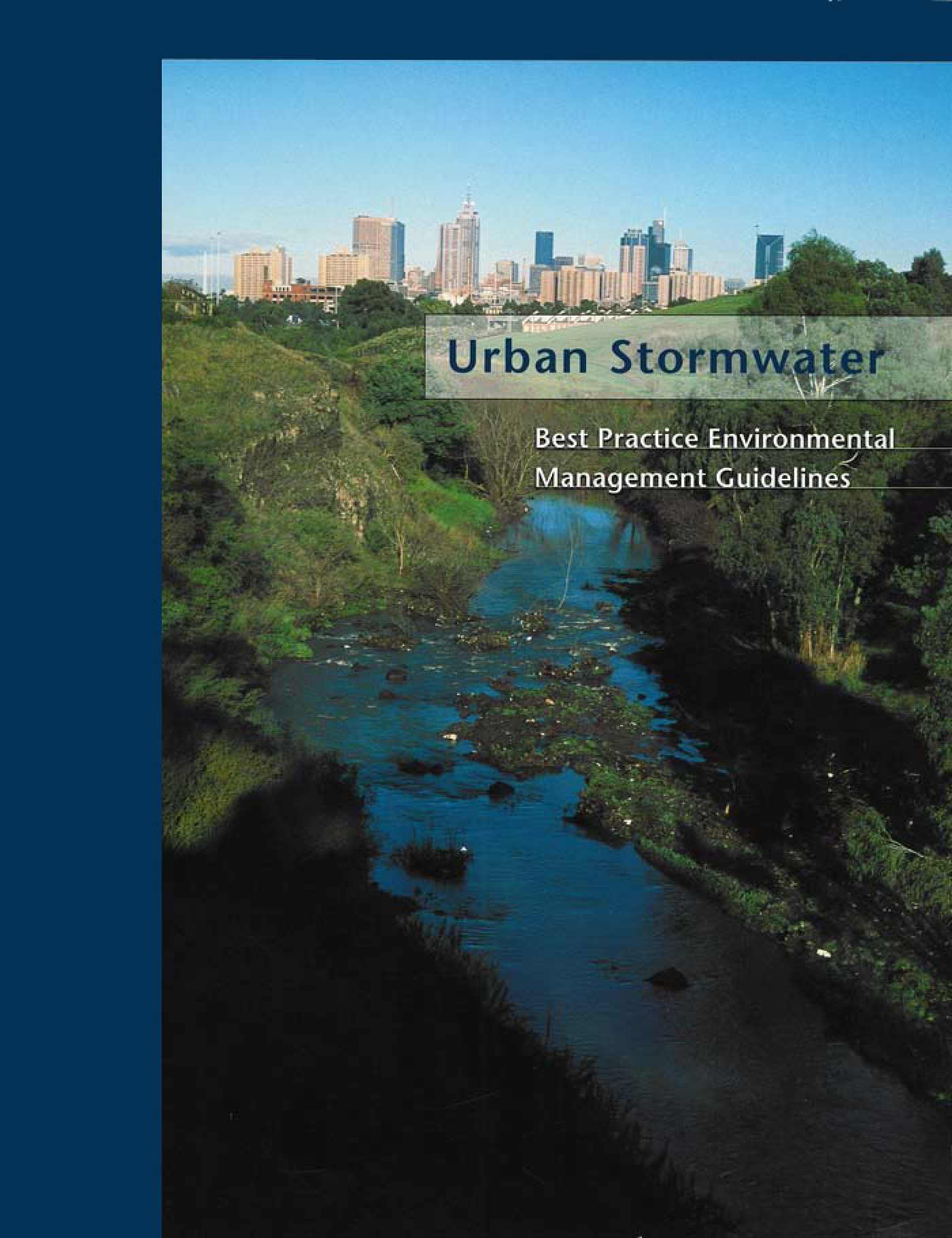Stormwater guidelines turn 20
This year marks 50 years since the moon landing. And it's 20 years since the publication of the Urban Stormwater Best Practice Environmental Management Guidelines—as part of an initiative led by Chris Chesterfield when he was at Melbourne Water, aimed at fundamentally changing stormwater management practice in Australia.
First published in 1999, the guidelines included new environmental performance standards for stormwater management, developed by the then CRC for Catchment Hydrology (of which our CEO, Professor Tony Wong was a part), and their adoption led directly to the development of the MUSIC modelling software by that CRC.
MUSIC (or Model for Urban Stormwater Improvement Conceptualisation) is now the industry standard software for developing strategies for sustainable urban water management, and emerged out of Tony and his team’s breakthrough discovery that nearly all urban stormwater systems could be simulated using a single model. MUSIC was subsequently commercialised (through eWater Ltd) and now boasts a strong national and international market with over 1700 active users.
Secret to their success
Just as the impact of the Apollo program is unsurpassed after 50 years, the BPEM standards and MUSIC have proven remarkably resilient. After two decades, they remain the industry standard in much of Australia. So, what is the secret to that success?
Tony believes it might be the simplicity and practicality of the standards. ‘The standards are straightforward to understand and to apply, but they are also based on good science. They were also part of a bold aspiration to transform a century old ‘drainage engineering’ approach to urban stormwater management to one based on water sensitive urban design—a transformation that is still underway across all our cities,’ he says.
Now a leading strategic thinker and research leader at the CRC for Water Sensitive Cities, Chris Chesterfield, agrees and points out that collaboration is also key.
‘The BPEM standards and MUSIC modelling software are great examples of the benefits of industry/research partnerships. That partnership has continued with different institutions over time, with the current CRC for Water Sensitive Cities being the direct descendent of the CRC for Catchment Hydrology and an ongoing champion of bold aspirations,’ he says.
The BPEM is a toolbox for people planning, designing and/or managing urban land uses or stormwater systems. It establishes stormwater quality objectives to help determine the level of stormwater management necessary to meet Victoria's State Environment Protection Policy (Waters) objectives (SEPP), a statutory policy under the Victorian Environment Protection Act 1970.
The BPEM is no longer available in print, but you can download a copy at the CSIRO website. You can access the MUSIC model from eWater.
We’d all agree, while the moon landing was one giant leap for mankind, the BPEM and MUSIC were one giant leap for Australian stormwater management.
